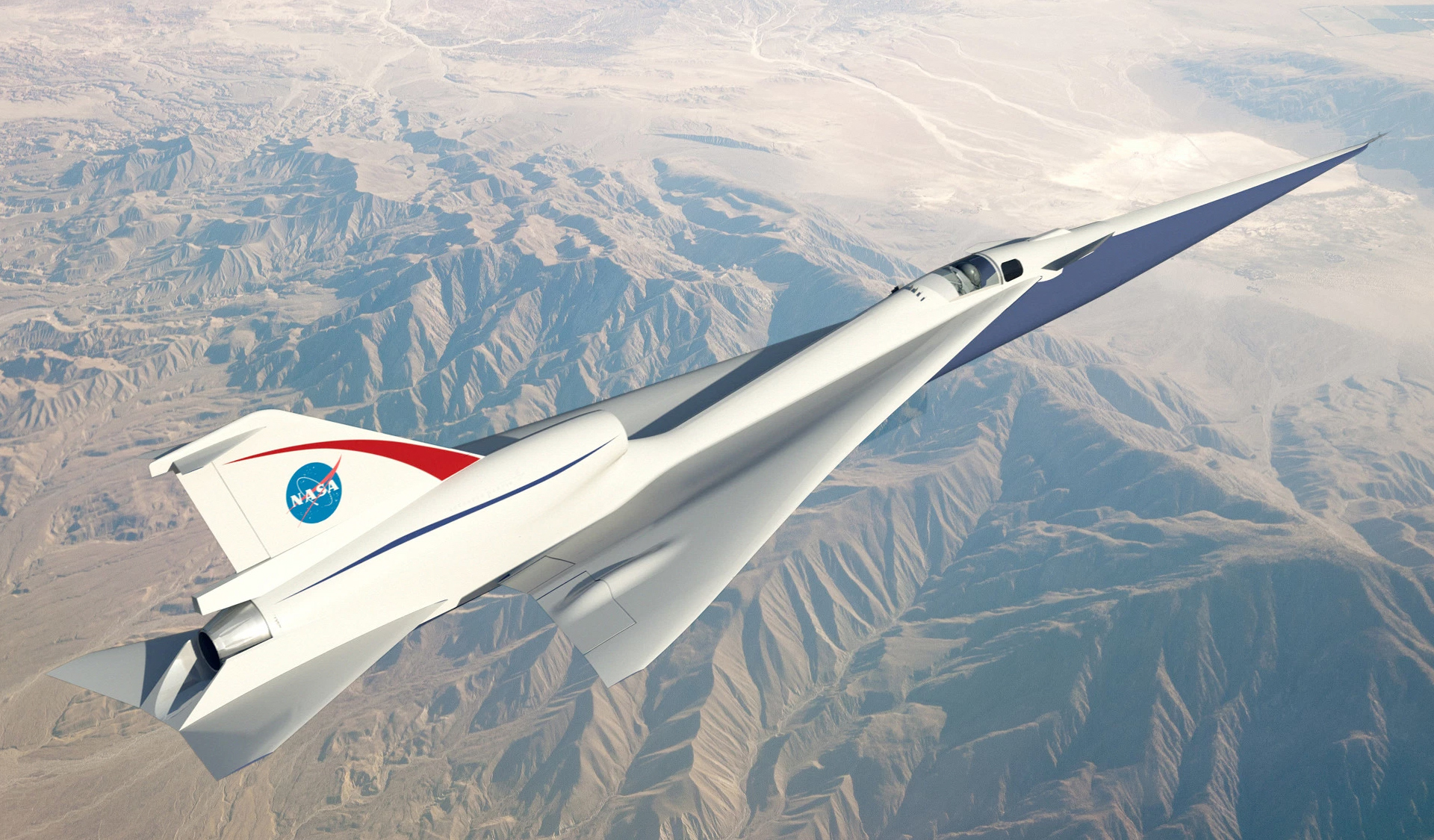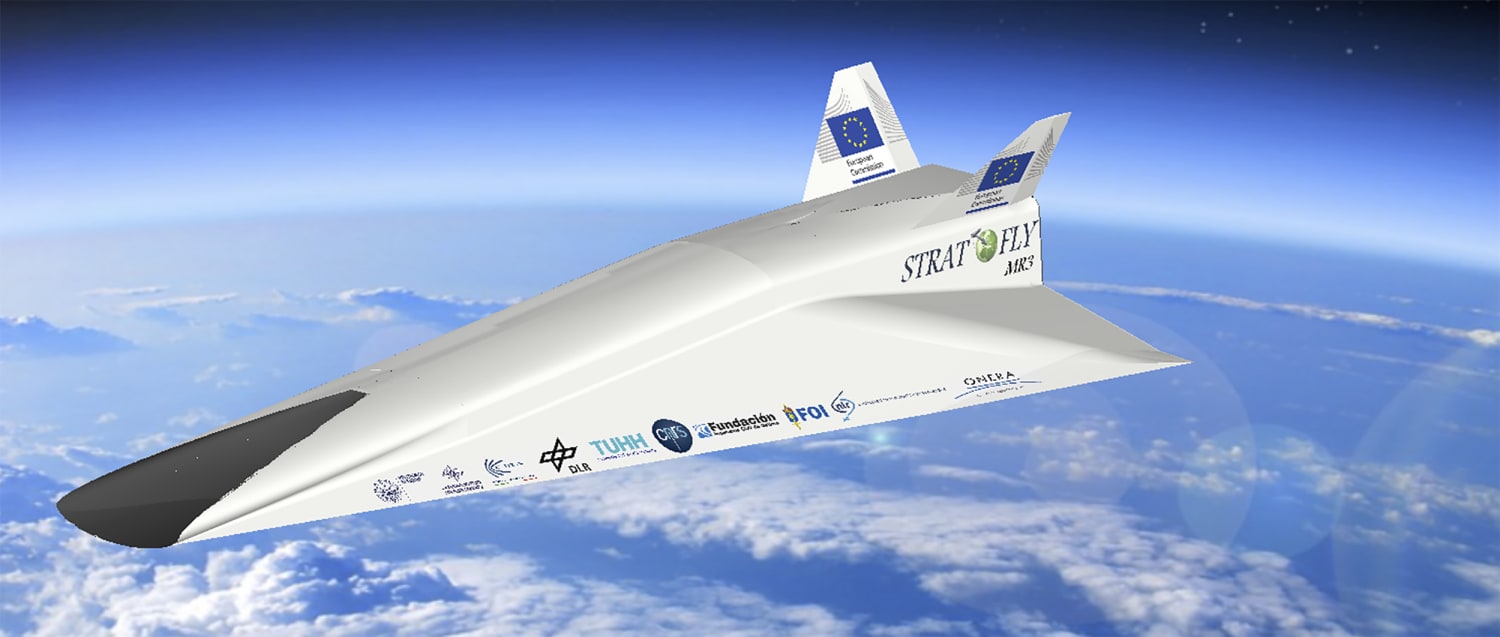Mach 1 Jet - Mechanical numeral (M or Ma) (/m ɑː k/; Czech:
U is the local velocity relative to the boundary (inside, such as an underwater object, or outside, such as a pipe), and
Mach 1 Jet

C is the speed of sound in the medium, which varies with the square root of the thermodynamic temperature in the air.
Rockwell B 1 Lancer
In other words, at Mach 1, the local speed is equal to the speed of sound. At Mach 0.65, u is 65% of the speed of sound (subsonic), and at Mach 1.35, u is 35% faster than the speed of sound (supersonic). Airplane pilots use the aircraft's Mach number to determine the vehicle's actual speed, but the flow field around the vehicle changes in three ways with varying Mach number.
The local speed of sound, and hce Mach number, decreases with the temperature of the surrounding gas. The machine is mainly used to determine the flow equation, since the flow is impossible. The medium can be a gas or a liquid. The boundary can move in the middle, or it can stop when it runs parallel to the level, or both move, with different speeds: what matters is the relative speed. The boundary can be the boundary of an embedded object, or of a pipe such as a nozzle, diffuser, or vent that connects the pipe. Since the Mach number is defined as the ratio of two speeds, it is an infinite number. If M < 0.2-0.3 and the flow is quasi-steady and isothermal, the flow effect will be small and a simple flow balance can be used.
Since the Mach number is an infinite number rather than a measure, the number comes after the unit; the second Mach number is Mach 2 instead of Mach 2 (or Machs). This is somewhat reminiscent of the early modern nautical symbols (meaning a fathom), which were also semi-early, and may have contributed to the use of the word Mach. In the decades before human supersonic flight, aeronautical engineers expressed the speed of sound as Mach number, not Mach 1.
The speed of sound (blue) only decreases with temperature at altitude (red) and can only be calculated from pressure and the effect of pressure on sound speed cancels out the other. The speed of sound increases with height in both the stratosphere and the thermosphere, due to the heating effects of these regions.
Jet Fighters Of The U.s. Navy And Marine Corps, Part 2: Mach 1 And Beyond
The Mach number is a measure of the compressibility of a material that characterizes the speed of a fluid: the fluid (air) behaves under compression like a certain Mach number, regardless of other variables.
Measured by the international atmosphere, the air is dry compared to the ocean, the average temperature is 15 °C (59 °F), the speed of sound is 340.3 meters per second (1,116.5 ft/s; 761.23 mph; 661.49 kn ).
The speed of sound is not constant; in gases, the temperature increases proportionally to the square root of the absolute temperature, and since the temperature of the atmosphere drops significantly with a rise in sea level of about 11,000,000 meters (36,089 feet), the speed of sound also decreases. For example, a typical sample of the atmosphere loses 56.5 °C (−69.7 °F) of heat at 11,000,000 meters (36,089 ft), at a speed of sound (Mach 1) of 295.0 meters per second (967.8 ft/s); 659.9 mph); 573.4 kn), 86.7% of the sea value.

As a measure of flow, the Mach number can be derived from suitable parameters for comparison.
When The Top Guns Go Boom
Where L is the characteristic dimension lgth, U is the velocity gradient, p ∞} is the transmission pressure and ρ 0} is the directional density. An irregular equation can be written as:
Where Mach number M = U/c} = U/c}. At parameter M → 0} \right 0} , the continuity equation reduces to ∇ ⋅ u = 0} = 0} - this is the usual requirement for smooth flow.
While the terms subsonic and supersonic, in pure sse, refer to speeds below and above the local speed of sound, commercial aircraft use the same terms to refer to specific Mach categories. It happens because M = 1 in the transonic regime (free flow) around the plane, where the Navier-Stokes equations used in the subsonic design are no longer applicable; the simplest explanation is that the airflow begins to exceed M = 1 ev, even though the free-flow Mach number is below this value.
Meanwhile, the supernatural regime is often used to talk about the Mach numbers that can be used with the help of a line, where the sample (air) is not chemical and where energy can be transferred between the atmosphere and the vehicle. correctly rejected. In the count.
American Airlines Orders 20 Boom Supersonic Passenger Jets
The following table shows the regime or list of characteristics of the Machi, and the terms subsonic and supersonic are not clear.
In general, NASA defines hypersonic as any Mach number between 10 and 25, and retests speeds above Mach 25. Aircraft operating in this regime include the space shuttle and several space planes under development.
Fuel engines and most commercial turbofans have very long wings (slders) with rounded elements such as the nose and leading edges.
Subsonic speed is the speed at which all the air from the top of the plane is below Mach 1. The critical Mach number (Mcrit) is the minimum free Mach number at which the air in all parts of the plane first reaches Mach. So Subsonic speed includes speed below Mcrit.
Mach 3 Speed Battle: Why The A 12 Spy Plane Is Better Than The Sr 71
Transonic aircraft almost always have modified wings, resulting in slow drag separation, and often have a design that adheres to the principles of Whitcomb's regional regime.
Transonic speed is the level of speed at which the air above the different parts of the aircraft is called subsonic and supersonic. Therefore, the flight regime from Mcrit to Mach 1.3 is called the transonic range.
Supersonic speed is the speed at which all the air above the plane is supersonic (greater than Mach 1). But the first part is accelerated by the air in the air where it meets, so the free speed must be above Mach 1 to ensure that the plane flying over it is supersonic. It is generally accepted that supersonic speeds begin at free speeds above Mach 1.3.
Aircraft designed to fly at high speeds have significant differences in their airframes due to significant differences in flow behavior above Mach 1. Sharp edges, small airfoil sections and tailplanes/canards go. Modern fighter jets must be maneuvered to maintain a low speed; "Real" designs include the F-104 Starfighter, MiG-31, North American XB-70 Valkyrie, SR-71 Blackbird, and BAC/Aérospatiale Concorde.
Tom Cruise Goes Hypersonic In New Top Gun Movie, But Doing It In Real Life Is A Challenge
The X-15, at Mach 6.72, is one of the fastest aircraft. Also, the nickel-titanium skin is cool; highly coupled (due to the predominance of distance effects: non-linear behavior means that the results of different components are not allowed to overlap), small wings, such as the Mach 5 X-51A Waverider.
The NASA X-43, at Mach 9.6, is one of the fastest aircraft. Fire control becomes a design process. The structure must be designed to work in hot conditions, or protected with a special silicate tile or similar. Active chemicals can also damage the skin of the vehicle, as free oxygen atoms appear in high-speed electric vehicles. Hypersonic designs are often forced invisibly due to increased air temperatures and reduced radii.
Heat protection; small or no wings; irregular shape The Russian Avangard (hypersonic glide vehicle) reaches Mach 27.
For comparison: the speed required for low Earth orbit is about 7.5 km/s = Mach 25.4 in high altitude space.
Fastest Fighter Jet
At transonic speeds, the flow field around an object contains supersonic and supersonic particles. The transonic period begins when the first M > 1 flow zone appears near the object. When in the air (like an airplane wing), it is usually enjoyed at the top of the wing. A speaker can only accelerate into the subsonic range; this is usually happy before back. (Figure 1a)
As the pressure increases, the M > 1 flow field expands in both directions. When M = 1 is reached and exceeded, the normal shock reaches the line and becomes weakly oblique: the velocity accelerates above the shock, but remains supersonic. Normal turbulence is generated ahead of the object, and the only subsonic zone in the flow field is a small area around the conducting object. (Figure 1b)
Figure 1. Engine in transonic air environment; M < 1 (a) and M > 1 (b).
When an airplane exceeds Mach 1 (aka the sound barrier), there is only a huge difference in speed
It's The 70th Anniversary Of The First Supersonic Flight
Mach 1 428 cobra jet for sale, jet mach, 69 mach 1 428 cobra jet, worth mach 1 cobra jet, 1970 mustang mach 1 cobra jet, 1969 mach 1 428 cobra jet, mach 1 cobra jet, worth mach 1 cobra jet xxl, mach 1 428 cobra jet, 1969 mach 1 cobra jet for sale, 1969 mustang mach 1 428 cobra jet, babolat jet mach 1

0 Comments